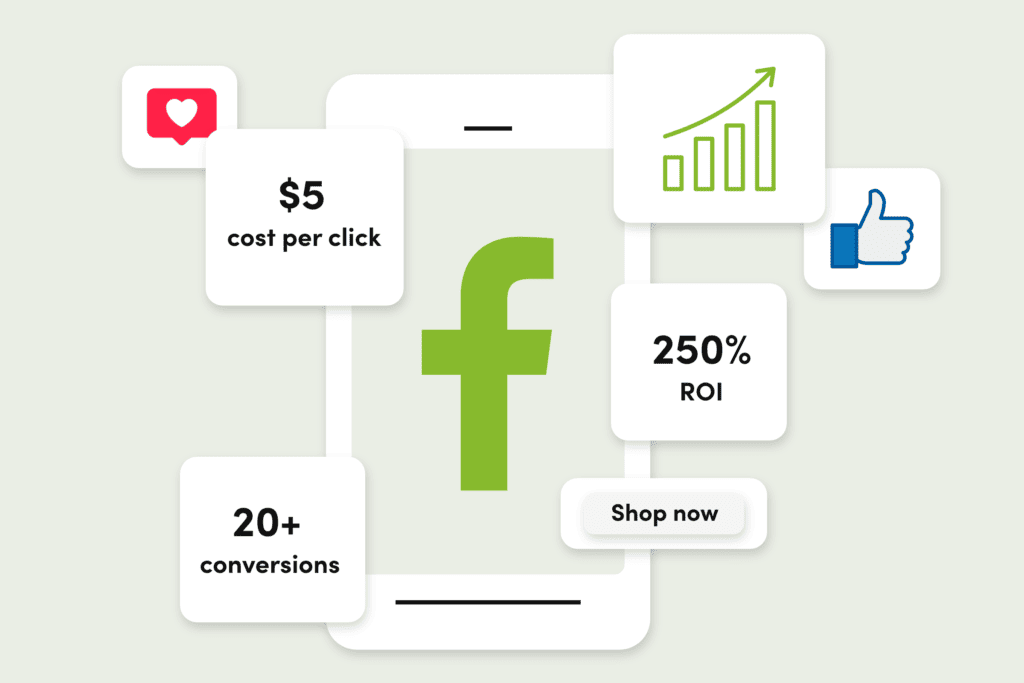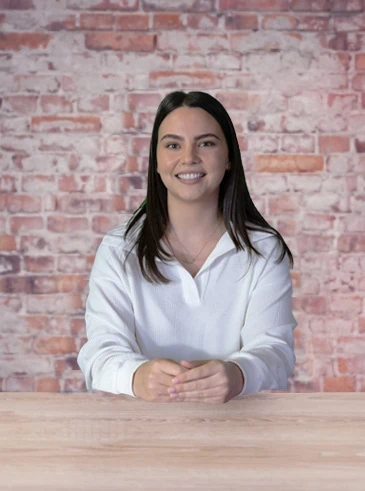Facebook Ads is a really powerful digital marketing tool, and a massive part of its power comes from its targeting options.
You can target by age, location, and all of those obvious demographics. But then there’s your audience’s marital status, their job, and even where they currently shop.
With Facebook’s almost-over-the-top range of targeting options, you can be pretty specific in your targeting.
This amount of targeting power, though, can make defining the right audience pretty tricky.
We're taking you through Facebook Ads audiences, what you should consider for your strategy, and breaking down your targeting options.
Table of Contents
ToggleThe TL;DR (too long, didn't read) 👇
Your Facebook Ad target audiences can be make or break for your campaign.
- Your audiences on Facebook are the different groups of people you're targeting, whether by demographics or interests.
- There are three key audiences — your core audience, custom audiences, and lookalike audiences
- It's super important to segment these audiences to create and serve up really relevant and curated ads
- Top, middle & bottom of funnel — what's the difference?
- There are hundreds of targeting options — here are the key targeting options
- How to make the most of Facebook Ad targeting through data analysis and a good trial & error approach
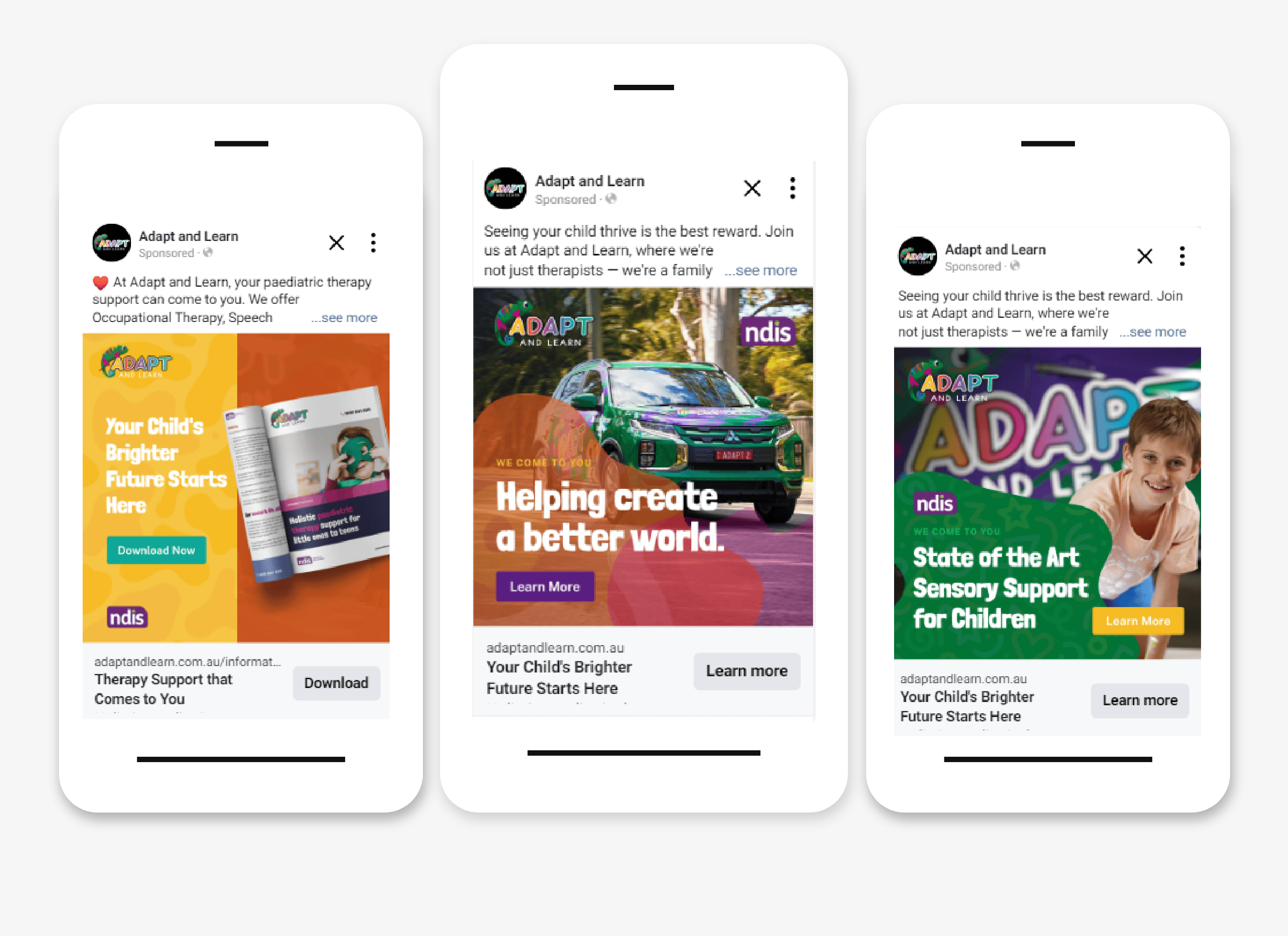
Facebook audiences (and the other meta technologies): what are they & how do you find them? 🤝
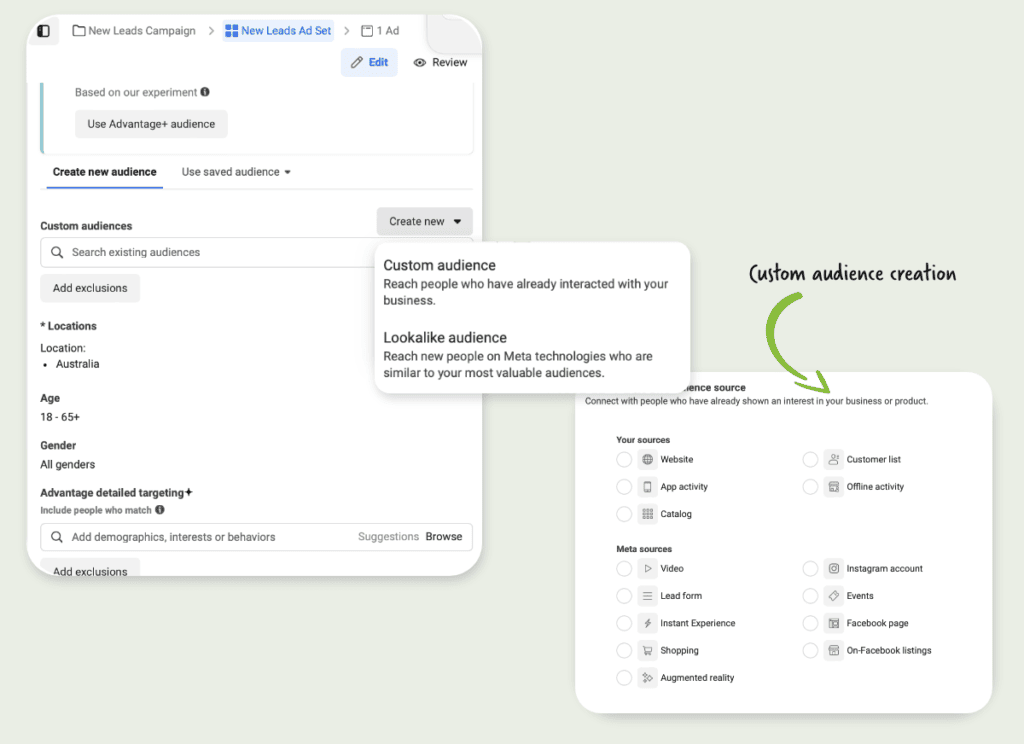
So, what are the different types of Facebook audiences?
There are three main kinds of audiences in Facebook Ads.
Core audiences 🍎
This is your main audience, where you’ve defined specific demographics, behaviours, and locations. It might be by age, gender, interests, or another specific demographic to reach the people most likely to be interested in your products or services.
Custom audiences 🧬
The Meta Pixel lets you follow your audience around the internet (kind of). With your Meta Pixel in place, you can target custom audiences and remarket to people who have visited your website, Facebook page, or another platform like an app.
Lookalike audiences 👯♀️
As the data from your core and custom audiences rolls in, you can use this to target a lookalike audience. This is where you use the data from your best leads or customers to find similar profiles across Facebook to target.
Segmenting your audiences is essential for targeting. Here's how to create them 👇
Core audience
- Go to Ads Manager
- Click 'Create'
- Define your audience using the fields available
Custom audience
- Go to 'Audiences'
- Click 'Create Audience'
- Select 'Custom Audience'
- Choose a source like 'website traffic' or 'customer files'
Lookalike audience
- Go to 'Audiences'
- Click 'Create Audience'
- Select 'Lookalike Audience'
- Choose a custom audience as your source, specify the location, and determine the percentage of similarity between the audiences.
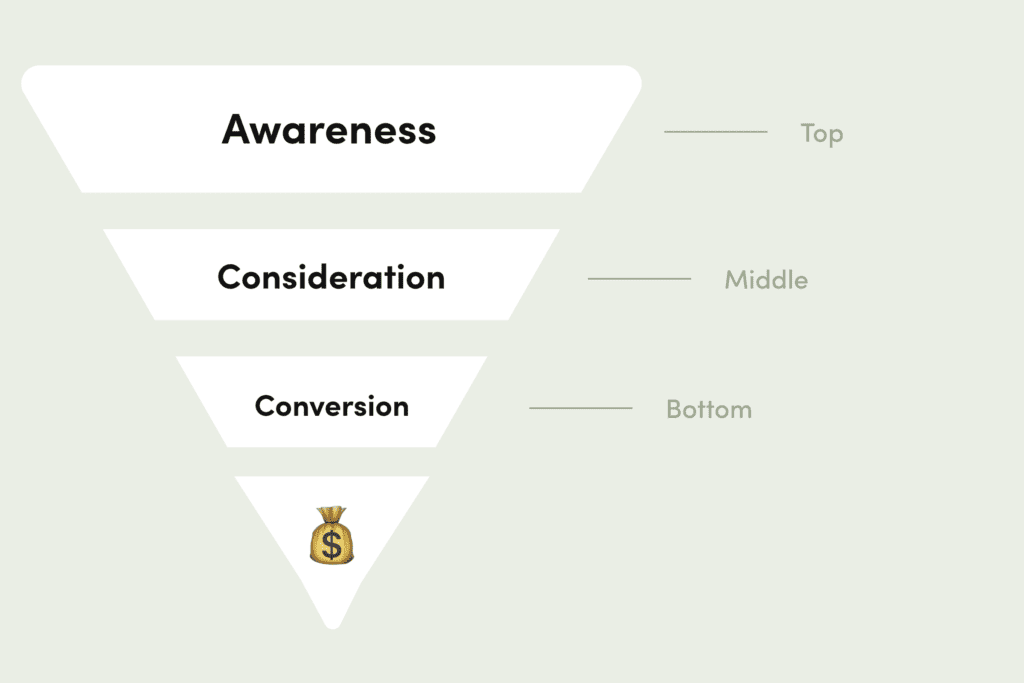
Have you heard marketers talk about funnels? Basically, there are three different campaign stages 👩🍳
If you’ve been consuming marketing content or looking into Facebook Ads, you’ve probably heard of the marketing funnel.
This is pretty straightforward. Basically, imagine your customers have to go through a funnel to engage your services or buy your products.
So, the top is the biggest part of the funnel — it’s easy for people to find their way into the entry of the funnel. Basically, they’re just finding out you exist for the first time.
The middle is where they’ve fallen into the funnel — they’ve heard of you but they might not have a relationship with you or quite care that you exist yet.
The bottom of the funnel is that narrow part and once they fall through there, it’s time to make a purchase. This is where they’ve heard of you, they know what you sell, and ideally, they want it — they just haven’t clicked ‘buy’ yet.
So, how does this kitchen utensil-turned-marketing metaphor apply to your Facebook Ads campaign?
Your campaign, and your subsequent audiences, should be aligned with the funnel.
Top of funnel (TOF) 👆
Your Top of Funnel (TOF) campaign is all about awareness. It’s finding potential new customers who don’t know you exist and turning them into fans — or at least, people with a new-found interest in you.
Middle of funnel (MOF) 👉
Your Middle of Funnel (MOF) campaign is keeping those new-found fans engaged with you. They know you exist, so start selling your business. What are the benefits of choosing you? What value do you provide that they’re missing out on?
Bottom of funnel (BOF) 👇
They know you exist; they know you have something they need (or want), but they haven’t clicked ‘buy’.
This stage of the campaign is all about giving them the final nudge to go and buy your product.
This might be by providing customer reviews and testimonials, creating urgency with a limited time offer, or by offering them a special offer like a free gift, free shipping, or a discount code.
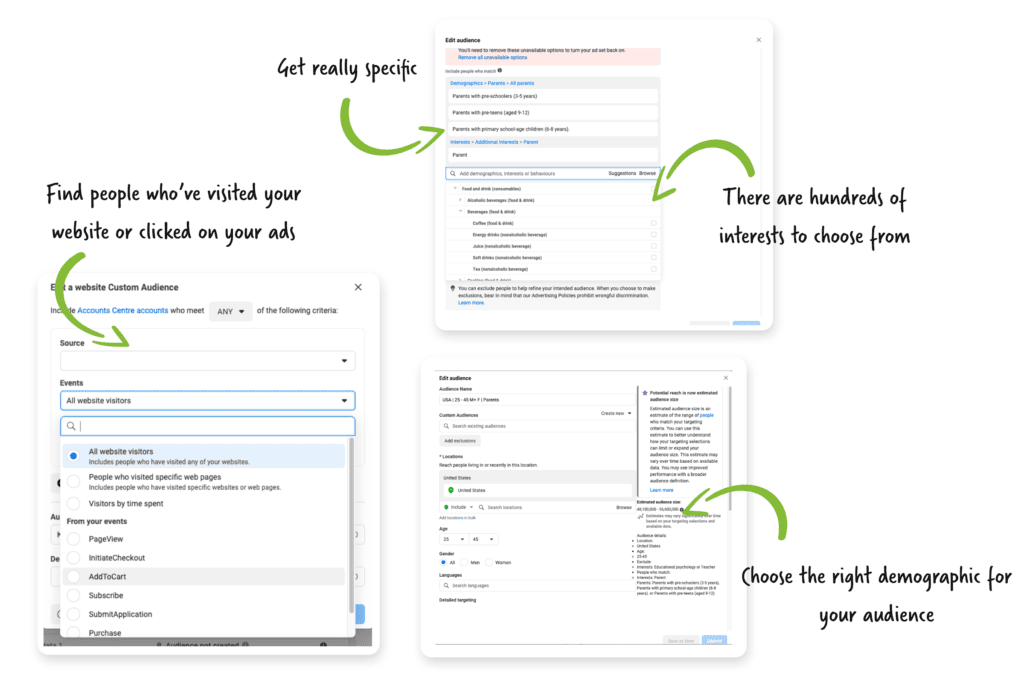
Bullseye 🎯 There are hundreds of targeting options on Facebook Ads
Hyper-local targeting 📍
Get really specific with the location of your audience. You can drop pins on maps to target people in your local area or an area you want to expand your reach to.
You can even specify postcodes or addresses.
Life event targeting 💍
You can target people who are engaged and planning weddings, reaching anniversaries, celebrating birthdays, and more.
Device usage targeting 📲
Target people on specific devices. Ie. if you’re selling business software — you can target people on their laptops or desktops. If you’re promoting an app, then it makes sense to target people who are on their phones.
Video view targeting
You can target people have viewed your videos on the platform.
Why would you do this? Well, if they’re engaging with your content already, you can lump them into your Middle of Funnel (MOF) or Bottom of Funnel (BOF) audiences.
Engaged shoppers targeting 🛍
Engaged shoppers are people who have already shown an interest in buying your products.
These are people who have clicked the CTA (like ‘Shop Now’) on your ads before.
They’re those Bottom of Funnel (BOF) shoppers we talked about earlier — the people who just need another nudge to buy.
Travellers targeting 🧳
You can target people who travel a lot or are interested in travel.
This isn’t just great for tourism-adjacent businesses. This audience can indicate a higher amount of expendable income, for example, making them nifty for targeting ads for things like luxury goods.
Behaviour targeting
You can refine your audiences by including or excluding certain behaviours.
Say you’re a service-based business where once a customer comes on board with you, they don’t really re-purchase. Then, you might want to exclude people who have already converted from your ads — to avoid wasted budget (and annoying your customers).
Interest targeting
Target people who have specific interests — this might be around the food or drink they consume, hobbies like sport or knitting, or even the industry they work in.
Demographics targeting
This one is pretty straightforward, you can target people according to their age or gender.
Connection targeting 🤝
Target people who like your page or have attended one of your events.
Custom combination targeting
You can get really, really specific with your targeting. Combine any of these targeting options to create an audience that is precisely ideal for your campaign.
Exclusion targeting
We touched on this when we spoke about behaviour targeting, but you can exclude certain audiences.
So, you might exclude a specific audience to avoid showing them your ads too often or you might exclude people who have already purchased.
Lookalike audience expansion 👯♀️
This is where you find lookalikes to your existing audiences or customers.
So, you can target people who have similar interests, behaviours, or characteristics as people who’ve already converted from your ads.
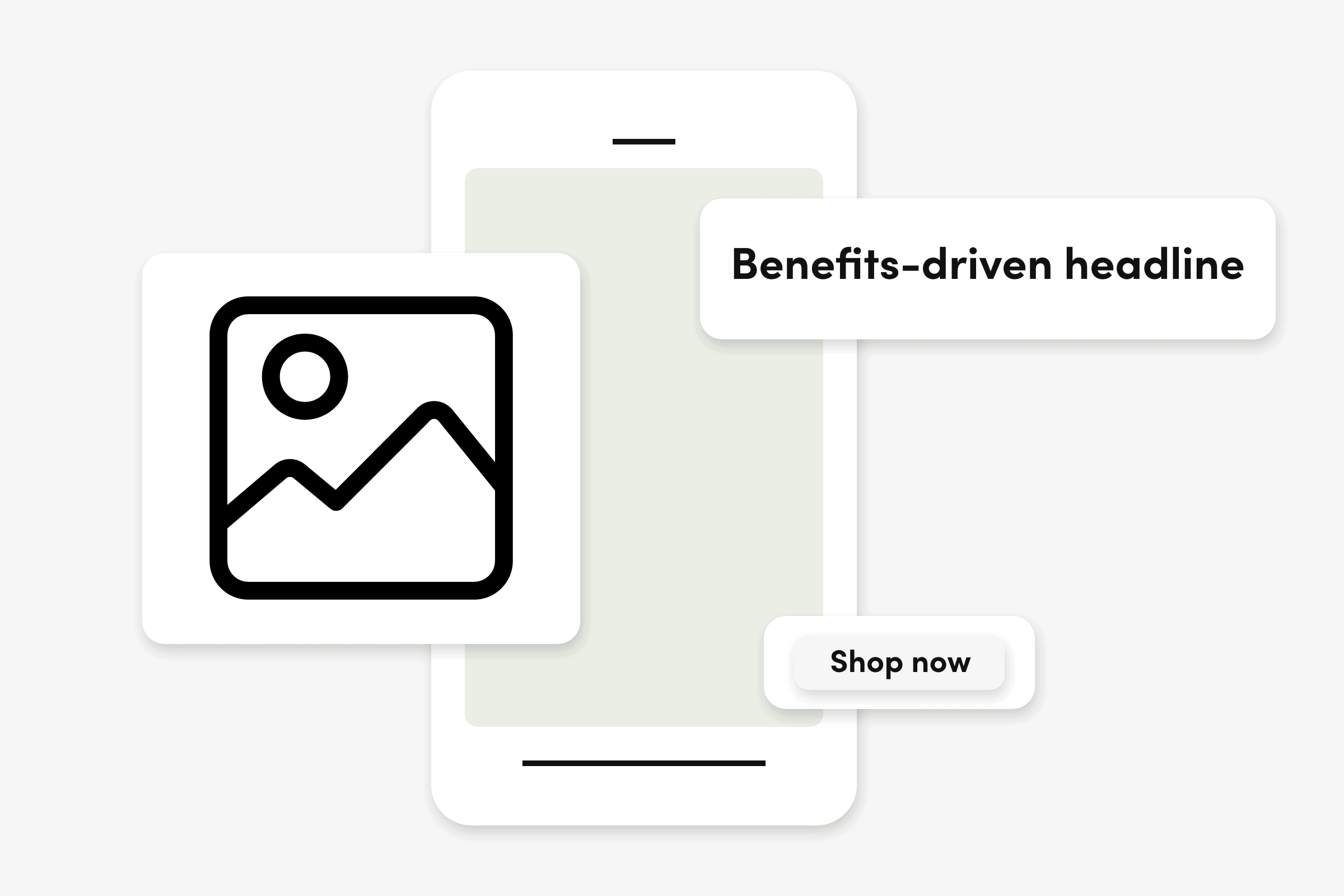
Here's how to make the most of Facebook Ad targeting 🧃
So, with your different audiences, all of the different targeting options, and the different stages of your campaign in mind, how do you get the most out of your Facebook Ads campaign?
Understand your Ideal Customer Profile (ICP) ✨
Use Meta Pixel & look at the numbers 📈
Meta Pixel is basically a piece of code that tracks your visitors’ activity on your website.
Analyse the data collected through your Facebook Pixel and focus on the metrics that reflect your marketing goals — like conversion rates, click-through rates, and the time your visitors spend on your website.
You can look for patterns in user behaviour, like which pages are popular or the actions taken, to understand what your audience is looking for and engaging with.
As well as that, pay attention to the demographics and interests of the people who interact with your ads. This information can help you continue to refine your targeting. Identifying trends in this data helps optimise your ad campaigns and continue optimising your ROI.
Update your saved audiences 💡
As you continue collecting all this great data about your customers and audience, be sure to update your saved audiences.
Consumer behaviours and interests will continue to evolve and so should your audiences.
By regularly updating these, you can adjust your targeting strategies and ideally, lower your ad spend and boost your ROI.
Keeping your audiences current also helps you to engage with your audience in a more personal way — seriously enhancing the performance of your advertising.
Continue to test & optimise 🧪
The best thing you can do for your Facebook Ads campaign is continue to test and optimise. By revisiting creatives, refining your audiences, and using your data to optimise your campaign, you can boost your ROI.
As you continue analysing your ads and data, you’ll begin to understand which elements of your ads resonate with your audience and which don’t.
This process of learning and adjusting helps improve engagement rates, reduce costs per click, and drives better results.
Need a hand? Book your free Facebook Ad campaign review 🤝
With a team of Facebook Ad specialists and a knack for creating clever campaigns, we’ve found some serious wins with Facebook Ads.
Book a free Facebook Ad campaign review with our team and walk away with a bunch of ideas to superpower your next campaign.

